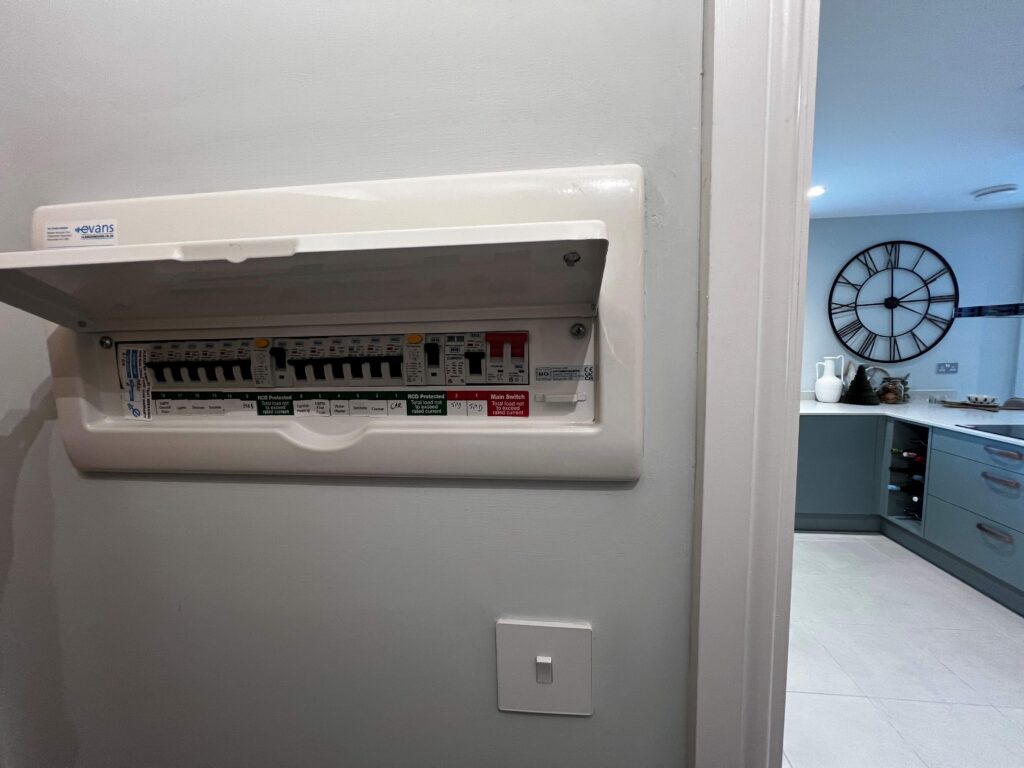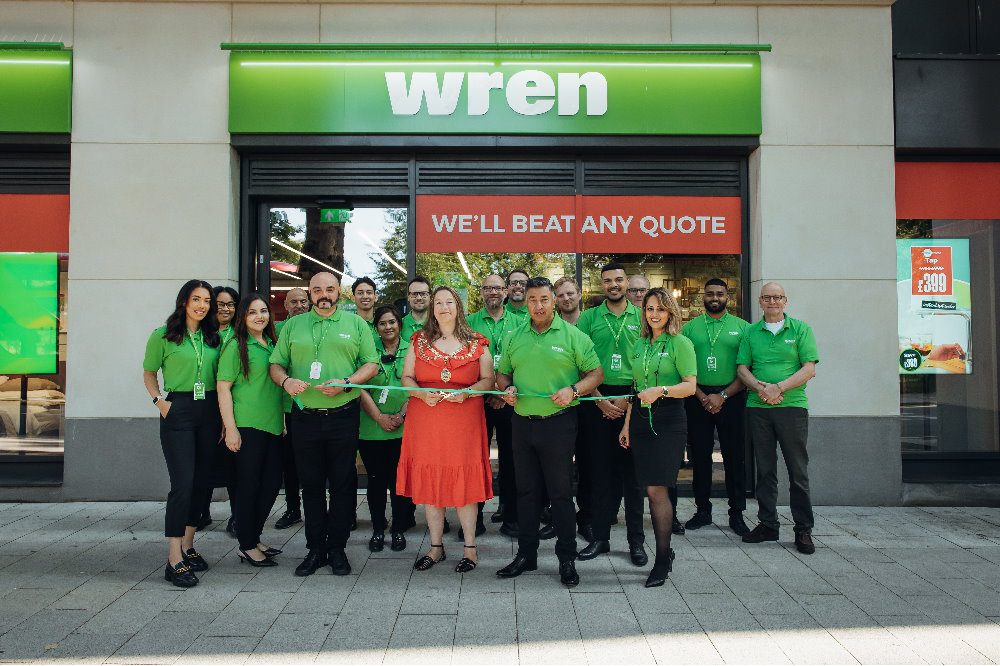Jeremy Hinton of design and marketing agency Endeavour London tells Showhome about what to consider when marketing a property
Give us an overview of your company
Endeavour London is a fully integrated design and marketing agency based in Smithfield, London. ‘Integrated marketing’ really means seeing the bigger picture, providing all the individual elements of a campaign then making sure they coordinate with each other and point to one goal – selling the product. The elements can be many and varied – websites, signage, printed collateral, point of sale, marketing suites – we make sure they all work seamlessly together, target them at the chosen audience and ultimately do their job of selling.
We specialise in the property market because we know it inside-out, but we have clients from many different fields with differing requirements – point of sale for the drinks industry, space planning for the Guildhall and the British Museum, even packaging for equine vitamins.
How do you go about marketing a property?
The starting point is always the same – a meeting with the developer. After initial research, we will provide a marketing strategy that assesses the competition, the strengths and weaknesses of the location, the USPs that often help dictate the branding and we will identify the target market. We don’t always agree on the best way forward from the start, but Endeavour London will always focus on the end customer and what that customer desires, so we usually get our way!
If it’s a new client we’ll make a point of understanding the business aims and objectives, finding out the preferred methods of working together – some clients want to take a back seat, but most choose to be fully involved throughout the process. Budget obviously plays a part and if the client has a finite budget, we tailor our services to suit. Ultimately our material will seek to make the development desirable and endorse the developer as solid and professional – we will appeal to the aspirations of the end customer with a product they want from a developer they respect.
What are the most important things to for the developer to consider before designing a marketing suite and show home?
In many ways, this is a typical retail experience. Imagine a visit to an upmarket department store – even the window displays are designed to entice, then the doors will open to an array of desirable items. The typical consumer is transported to a different world and encouraged to interact with, to touch, to imagine possession and then to buy.
Every visitor to the marketing suite should be engaged like a retail purchaser – they are considering buying a new home. Their visit should be choreographed in exactly the same way.
How does what you offer differ from other companies?
I don’t believe that Endeavour London is totally unique, but we’re certainly one of the leading players in the property marketing field. We have a young and dynamic in house team backed up by years of experience at director level. Our only outsourced services are printing and signage, everything else – and this is where creative talent lies – come from Endeavour London’s own workforce: Research, strategy, planning, design, artwork, photography, copywriting, web design, CGIs, animations – the list is longer really!
Tell us more about your 3D interactive walk through tool
One of the main selling points is that it appeals to the younger, upwardly mobile generation and this is often the target market. Everyone who owns a smart phone or tablet computer can access the walkthrough and can share it with friends – a growing trend developed by social media and a highly useful one.
It’s also very clever and engaging, highly compulsive and quite different from any of the more traditional marketing mediums. The programme allows the viewer to walk through a house or apartment interactively, move the device so the view moves correspondingly, approach a window to see the actual outlook, do a 360 and the screen shows the room rotating complete with furniture and fittings. This ‘gyroscope’ effect is better seen than explained, so take a look at our demo on YouTube: www.youtube.com/watch?v=_K4GbydTlXc
Is digital marketing more expensive than traditional marketing?
In a word, no. Obviously the complexity of content has a bearing on the cost, but this is true of every media. With digital media, costs can often be shared across different platforms – if a building is modelled for a CGI, that same model can be used to create an animation or walkthrough – it better utilises the assets.
What makes digital marketing more effective and persuasive than other methods?
Digital marketing usually just enhances rather than replaces traditional methods, at the present time anyway. I don’t always believe we should neglect traditional media in favour of digital just because it’s newer, but digital is much more instant and accessible, it doesn’t rely on the postman.
Unlike a brochure, digital programmes can capture data and be easily updated to include new images, later phases and availability. And also unlike a brochure, it isn’t restricted to the finite number of copies printed.
Do traditional marketing methods, such as watercolour paintings, have a future, or will computer-based walkthroughs become the norm?
Everything changes to keep pace with advances in technology and marketing is no different. Think back to 20 years ago to mentally compare those mobile handsets to the sleek and speedy android devices and iPads we have today.
I don’t see a future without printed signage, but I do believe it’s possible that the printed brochure will become a thing of rarity. And yes, I think artists’ impressions have had their day – they can’t easily be altered, I don’t believe they do the job as realistically as a CGI, and to be honest, they look dated these days. We at Endeavour London hope computer-based walkthroughs will become the norm as our company has helped to pioneer this technology. I think it will happen, though not necessarily quickly – CGIs in property marketing were first introduced about 15 years ago and there are still a handful of smaller developers using watercolours today.
What is the future of property marketing?
That’s a big question! I think that due to the massive finances involved, developers will try to bring their developments to the market earlier and earlier, though it will depend on how robust the economy is. Off-plan marketing is often the norm these days, but I think the pressure will be on architects and marketing companies to move really quickly once planning is obtained. And of course the digital route will continue into the future, it’s much more flexible than print, it can be aimed at a huge audience for little more expense than a small audience and it’s instant – people will expect immediacy more and more.
Property marketing – any marketing – will make use of the technology available, so in many ways it’s down to the IT whizz kids to invent the next big thing!
For more information, visit www.endeavourlondon.co.uk











